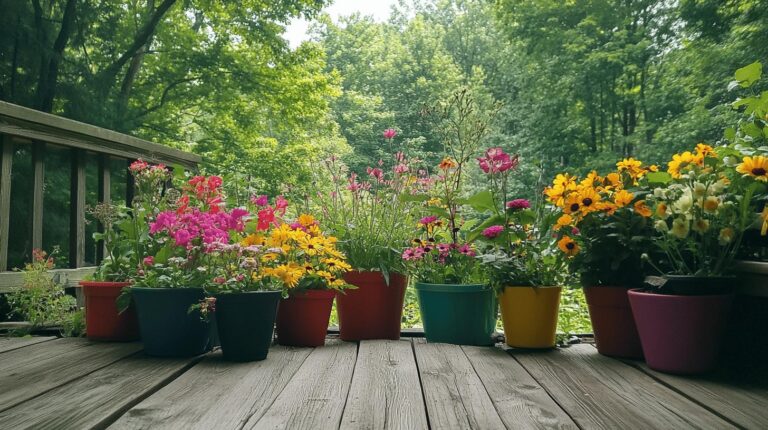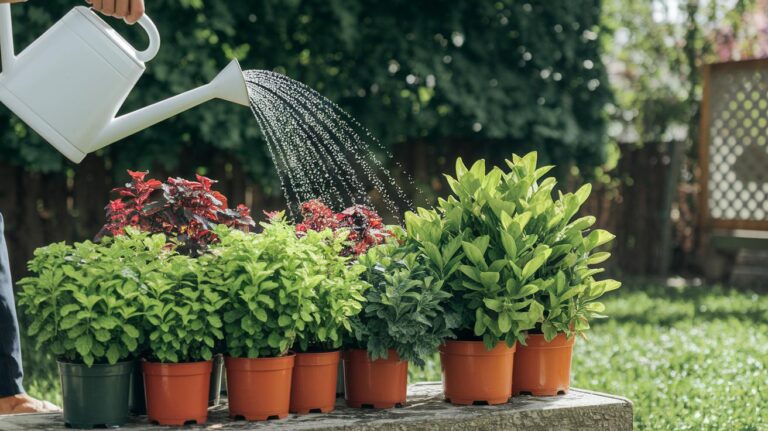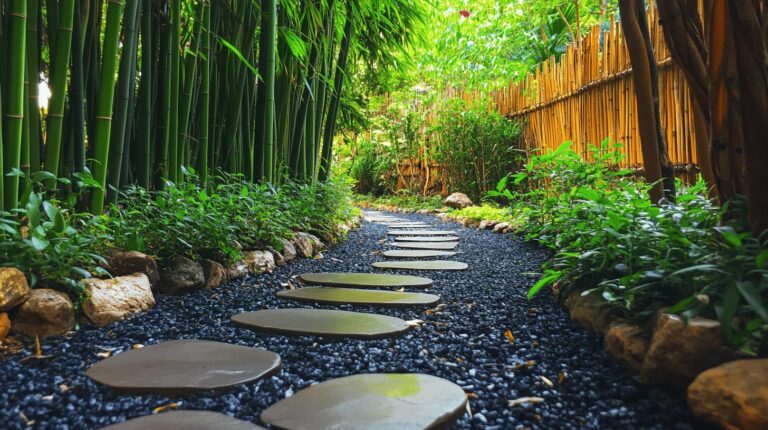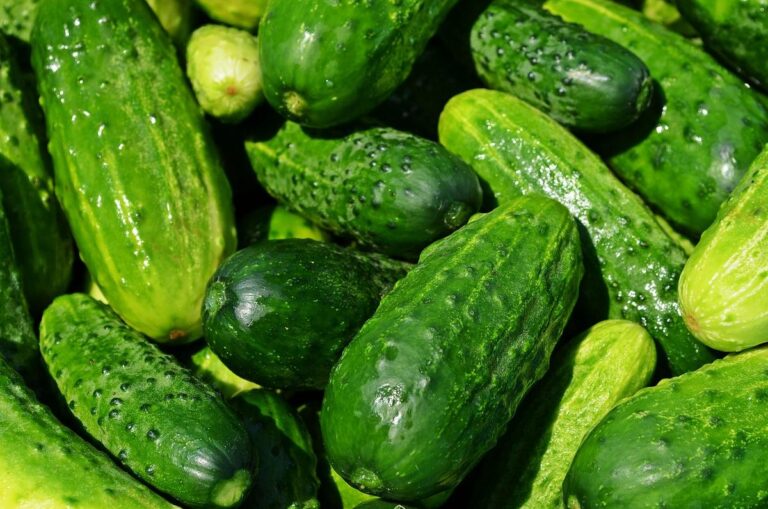Planning A Raised Vegetable Garden Made Effortless
Ever thought planning a raised veggie garden felt more like chaos than a stroll on a sunny afternoon?
Imagine sinking your fingers into gentle, crumbly soil (that soft earth that hugs your roots).
And it doesn’t have to be that way.
Have you ever smelled fresh basil on a morning breeze?
Skip the guesswork.
Let’s chart a simple course to a bigger harvest without any backache.
First, we’ll find the sunniest spot in your yard.
Then we’ll nail down bed sizes that fit your space.
Finally, we’ll set the perfect height so you can tend your plants without bending too far.
By the end, you’ll hold a clear blueprint for a thriving, low-fuss garden that feels effortless from day one.
Planting now sets you up for a summer harvest.
Choosing the Ideal Location for Your Raised Vegetable Garden
Have you ever felt the warm earth crumbling between your fingers? Pick a spot that basks in at least six hours of sun. A gentle slope helps water drain away (drainage is water moving off) so roots don’t sit in soggy soil. And a steady breeze helps keep mildew at bay.
Here’s what to look for:
- Walk around and note sunny and shady spots all day.
- Feel the soil, sandy, loamy (soft and crumbly), or clay (sticky when wet).
- Use a level or string line to check slope so water runs off.
- Keep beds within 10 feet of a hose or spigot for easy watering.
- Stand in a few spots, watch flags or leaves, and mark the main wind direction.
Want more harvest weeks? A lightweight row cover (thin cloth that traps heat) over seedlings can warm soil by a few degrees and chase off late-spring chills. These microclimate tricks add growing time and stop frost heave (when frozen soil pushes roots up). So you’ll kick off your raised bed garden with a strong head start.
Determining Bed Dimensions and Height for Accessibility

When you plan a raised bed, picture the width like stretching your arms out wide. About 3 to 4 feet lets you reach the center without climbing in. Depth is all about your root zone (area where roots grow). Twelve inches works great for herbs (small leafy plants) and lettuce. But if you love carrots or beets, go 18 to 24 inches so those roots can stretch. You’ll be glad when you pull up straight, long carrots.
By the way, have you ever felt cool soil slip through your fingers as you press down? It’s magic.
Now let’s talk height. You’ve got two easy options. A regular bed around 12 to 18 inches tall feels familiar if you like kneeling. No more awkward bending. But if you’d rather save your knees, try a taller bed at 24 to 36 inches. Your back and knees will thank you. Accessible beds at that height also work for wheelchairs, planting without bending over? Yep, total win.
No more sore backs.
| Bed Type | Width | Depth | Height |
|---|---|---|---|
| Standard | 4 ft | 12–18 in | 12–18 in |
| Deep-Rooted | 4 ft | 18–24 in | 12–18 in |
| Accessible | 3 ft | 12–18 in | 24–36 in |
When you lay out paths, aim for about 18 to 24 inches in width. That’s just enough room for a wheelbarrow or a folding stool. Kids can dart in to help you without knocking anything over. And you’ll avoid tripping on tools or leaving ruts in the soil. Walk your garden paths like you own the place!
Selecting Frame Materials and Budget Considerations
Cedar has a warm, almost sweet smell and fights rot for 10 to 15 years. It costs a bit, but not too much. Composite boards cost two or three times more upfront, but they last 15 to 25 years without warping. Untreated pine is cheap, almost half the price of cedar, but it may start to fall apart after two or three seasons. For a 4×8-foot cedar bed, plan to spend about $100 to $150 in materials, while a composite version runs closer to $200 or $300.
Galvanized brackets resist rust better than plain steel, so they work great where the wood touches the soil. Stainless steel screws and bolts cost a bit more, but they won’t stain or corrode. Your frame corners stay tight and neat, season after season. If you’ve ever wrestled with rusty screws, you’ll really appreciate this upgrade.
Want to trim costs even more? Scavenge reclaimed lumber from old fences or pallets, but watch for nails and give the boards a good sanding. Then slip in a heavy-duty landscape liner (thick plastic or rubber) between the wood and soil to block moisture and wood decay. Staple the liner a couple inches above the soil line so water drains off the edge instead of sitting against the frame. This little trick can stretch a budget-friendly rebuild into many happy harvests.
Crafting the Right Soil Mix and Ensuring Drainage

Imagine your soil as a sponge you want to fluff and feed. When it’s soft and loose, water soaks in and plants breathe easier. Have you ever felt that warm earth crumbling between your fingers?
Start by mixing half topsoil, 30% mature compost (decayed organic matter that enriches soil), and 20% perlite (small white volcanic glass that helps air flow) or coarse sand. This blend balances nutrients and air pockets so roots can spread out. Aim for a pH of about 6.0 to 7.0 to keep veggies happy. For more details on mix ratios and why they matter, check out best soil for vegetable garden raised bed.
And under that fluffy mix, lay a 1- to 2-inch layer of coarse gravel or sharp sand. This little blanket sends extra water right through instead of letting it pool. No more soggy roots!
In early spring, till the bed to fold in more compost. It’s like a pre-season energy boost for your plants. Then around mid-season, give it a top-dress of compost once fruiting or leafy growth slows, this keeps the soil lively all season long.
Finally, cap everything with 2 to 3 inches of organic mulch like straw or shredded leaves. That soft cover blocks weeds and holds in moisture, so you water less under the summer sun. Want more wriggly pals? Brew a vermicompost tea or sprinkle a little worm castings on top. The earthworms will tunnel through your bed, mixing layers like they’re building a cozy clubhouse!
Designing Layout, Planting Patterns, and Spacing in Raised Beds
When you plan your raised bed (a wooden box filled with soil that sits above ground), picture how plants will line up. Rows of veggies keep things neat and make pulling weeds easier. Block patterns pack crops close together for a lush look and quicker pickings.
Square foot gardens split the bed into one-foot squares so no space goes to waste. It's perfect if you love a bit of everything. Think about your garden style and how much room you have before you pick a pattern.
Companion Planting Strategies
Pairing plants is like having good neighbors in your yard. Tomatoes and basil share a spot nicely, and basil’s fresh scent helps keep flies away. Carrots and onions team up too – the onion’s sharp smell hides the carrot’s sweet scent from pests. Plus when you tuck calendula or marigolds next to leafy greens, the soft hum of bees means more blooms and tastier veggies.
Vertical Gardening and Trellis Design
Going up saves room on the ground. Stretch netting over a simple A-frame so peas and beans can climb high and leave space below. Give your trellis a few inches gap from the bed edge so air flows and vines do not squash lower plants. Then you can pick pods at eye level without bending.
Labeling, Edging, and Tool Storage
Use label stakes with a waterproof marker so you never mix up kale and collards. Lay bricks or flat stones around the bed edge for a cozy border that feels part of your yard. Tuck a little shelf under the bench to hold your trowel (small hand shovel), gloves, and seed packs. That way everything you need is just a step away. Oops, no more hunting for missing tools.
Installing Irrigation, Water Management, and Pest Barriers

Thinking about how to keep your plants happy? A drip line (thin tube that drips water) with little emitters feeding about one gallon per hour right at the roots is a game changer. Or you could swap in a soaker hose (porous hose that seeps water) along your rows and let it seep out about half a gallon per foot.
Then add a moisture sensor (tool that checks soil wetness) to your setup and it only kicks on when the soil hits around 20 percent dryness. You’ll save water and keep things just right.
Here’s a rainwater trick: set up one or more 50 to 100 gallon barrels under your roof’s dripline. Slip a quarter-inch mesh filter (think a screen that blocks leaves) over the inlet so gunk stays out. Elevate each barrel on a small platform and let gravity do the work, feeding water gently into your drip or soaker lines. Your plants will lap up free, clean water all summer.
For a simple pest barrier, wrap hardware cloth (sturdy wire mesh) or galvanized mesh around the bed base so rabbits and voles can’t sneak in. Then run a strip of copper tape (thin metal ribbon) or dust some diatomaceous earth (powder that dries out slugs) along the edge for slug control. It’s gentle on toads, bees, and other garden pals you want hanging around. And if aphids start swarming your leaves, release ladybugs or lacewings and watch them patrol leaf undersides without any sprays.
Planning Planting Schedule, Crop Rotation, and Season Extension
About six to eight weeks before your last frost date, set trays of seeds under fluorescent or LED grow lights. If your frost date is May 1, that means sowing tomatoes and peppers around mid-March. This gives your little sprouts time to build strong roots and stems.
Next we harden them off (get seedlings used to wind and sun in small steps). Just move them outside for a few hours each day over a week or so. You’ll cut down on shock when you tuck them into your raised beds.
I stick to a simple rotation each year. First come tomatoes and peppers, then brassicas (cabbage and broccoli), and last legumes like beans and peas. Rotating plant families keeps your soil happy and pests on their toes.
In fall, sow cover crops (plants such as crimson clover or rye). These become green manure, organic matter you’ll till into the soil to feed helpful microbes. Come spring, mix those roots into your beds. Want more on cover crop selection? Head over to cover crops for raised beds.
To stretch your harvest into cooler months, drape floating row covers (lightweight fabric that traps a few extra degrees) over young greens. They raise soil temps by about 3 to 5 °F while still letting in sun and air. When nighttime lows flirt with 32 °F, lay frost blankets or pile straw mulch around tender stems. These tricks keep ice crystals off your leaves and petals.
I keep a garden journal (a simple planting calendar) to track sow dates, germination checks, and succession intervals every two to three weeks for a steady stream of greens. After your final harvest, pull out spent vines and roots. Then spread one to two inches of compost (decayed organic matter that enriches soil). As winter arrives, add a thick layer of mulch or a low hoop cover to protect soil life until spring.
Final Words
In the action of choosing the perfect spot, you discovered why sun, slope, and wind matter.
You sized beds for easy reach, weighed cedar against composite, and built a soil mix that drains and feeds.
You mapped layouts, set up drip lines, and scheduled seed starts to stretch your season.
Now you’re ready for easier care, family planting fun, and a fresh veggie harvest, happy planning a raised vegetable garden!







